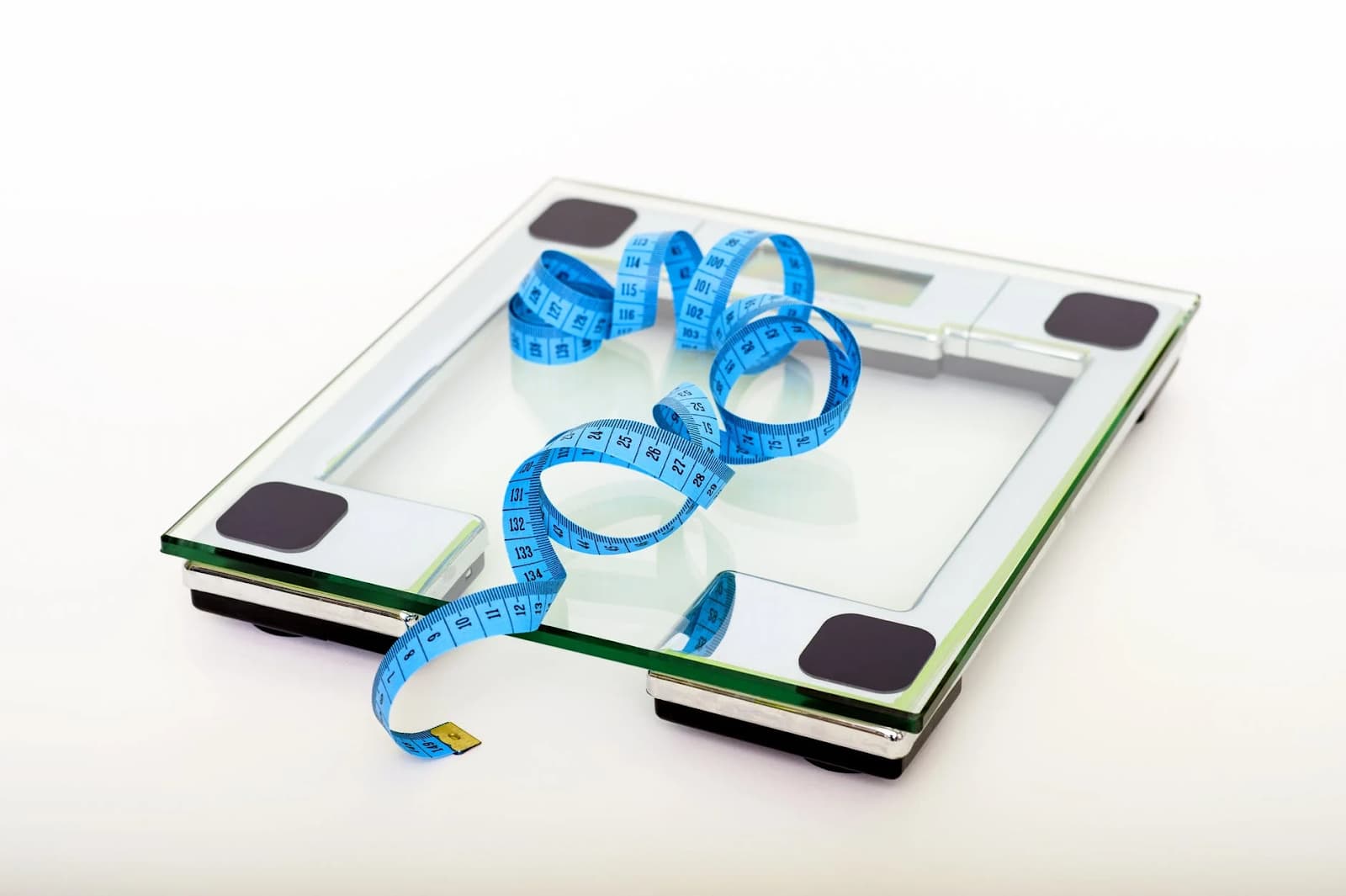
If you’re looking for a completely healthy weight loss strategy, look no further than combining a well-balanced diet with exercise. Yes, some people think they can workout here and there and eat whatever they want during the week – unfortunately, this mindset doesn’t bode well to the numbers on the scale and doesn’t give you free rein to eat whatever you’d like outside of the gym hours!
No matter how much you exercise during the week, your weight won’t change if you eat poorly every day. This isn’t to say that working out isn’t effective or good for you – in fact, just the opposite. But, when it comes down to it, the nutritional side of your health and wellness plan plays a more significant part in weight loss and maintenance than you might think.
The Science Behind Your Diet
We don’t have to jump into the nitty-gritty caloric numbers behind each food item you eat (unless you want to, and in some cases, this is extremely helpful). However, it’s safe to say that even after a long burner at the gym, we can still think that we’re burning more calories than we are, which in turn can lead to eating more during the day and negating the calories that were burned during your workout.
For instance, let’s say you did a bike ride for an hour; unless you were pedaling at a moderate pace, you burned less than 300 calories (assuming a weight of 160 pounds). That bike ride probably had you feeling good and thinking you torched way more than 300 calories. If you go out with friends for brunch and have a chocolate frappuccino with a biscuit after your workout, you’ve already eaten way more calories than you just burned on your hour-long bike ride!
Now granted, how much you are burning during a specific exercise is highly dependent on factors like how much you weigh and the intensity at which you workout, so it’s not the same caloric burn across the board for everyone. Generally, you want to aim to get at least 150 minutes of moderate activity during the week or 75 minutes of vigorous activity. Keeping up with exercise can most certainly help decrease the number on the scale, but it can help prevent excessive weight gain after it has already been lost – and the central part of that deficit comes from diet.
Diet and Weight Loss
If you didn’t step foot into a fitness center and still wanted to lose weight, you could – and just with a change in your dietary habits. Now, eventually, physical activity would need to be a part of your routine at some point because the combination of diet and exercise is most useful for weight loss and maintenance.
This is because there needs to be a disruption in the overall balance of energy within the body. It’s easy – if you want to lose weight, you need to eat fewer calories (with the proper diet) and burn more calories (with the appropriate exercise). Opting for only one of these scenarios can help you lose weight, but sticking to it successfully for a long time will require both a change in dietary habits and an increase in physical activity.
Setting Goals
It can be hard to balance your diet and exercise initially, especially if you are trying to decrease your caloric intake while also feeling hungry from working out. Overall, try and set goals for yourself that are specific and attainable when it comes to weight loss – aim for a loss of a pound or two a week, or seek to switch up one meal a day to something more healthy….so instead of McDonald’s for lunch, swap it out for a nutrient-dense chicken salad!
One step at a time will get you to where you need to be to see changes on the scale, so take your time to increase your physical activity and make adjustments to your diet. Weight loss is possible with the correct modifications, so stay focused on your goals and know you can reach the finish line!
